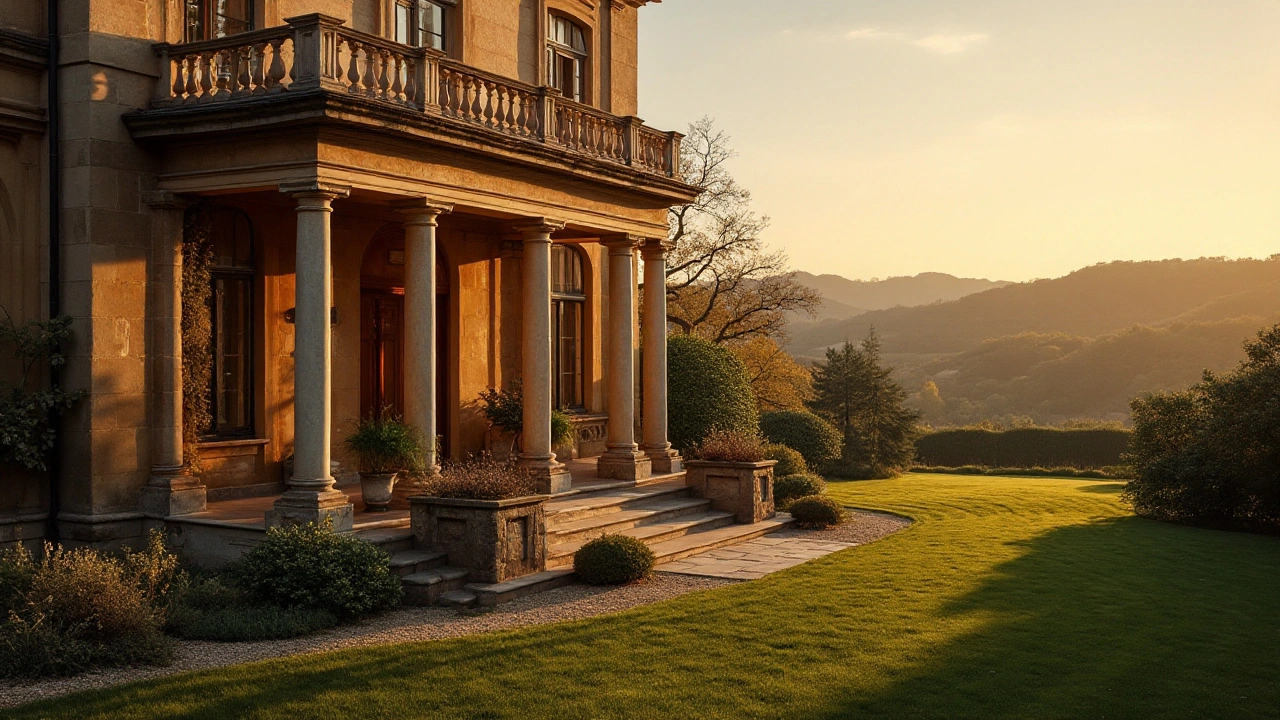Design Styles: A Quick Guide to Spotting and Using Them
Some buildings shout their style; others whisper it. Want to tell the difference? Start with three things: roof shape, windows, and ornament. Those clues point you fast to a period or a design idea.
Gothic Revival shows pointed arches, steep roofs, and stained glass. Roman and Romanesque favor rounded arches and heavy stone. Byzantine leans on domes and mosaics. Renaissance and Renaissance Revival bring symmetry, classical columns, and clear proportions. Greek Revival is obvious with big columns and triangular pediments. Baroque and Rococo crank up drama and curves — think grand staircases or playful plasterwork.
Modern looks split into camps. Minimalism strips to essentials: flat surfaces, neutral palettes, and no fuss. Functionalism treats space like a tool; every element must earn its place. Postmodern mixes past references with bright colors and odd forms. Expressionist buildings feel emotional — shapes bend and swoop to make you react. Beaux-Arts piles on ornament within a strict, balanced frame.
If you are decorating, pick one dominant idea and add small accents from others. Want a Craftsman vibe? Use exposed wood, built-in shelves, and simple hardware. Trying Greek Revival? Focus on columns, cornices, and white trim. Minimalist updates ask for fewer objects, hidden storage, and clear sightlines. Small swaps for big effect: change doorknobs, switch lighting, or paint trim.
When touring a neighborhood, check roofs first. Gambrel roofs signal Dutch Colonial. Flat roofs and decorative cornices often mean Beaux-Arts or late 19th century commercial styles. Wood siding and symmetrical windows likely point to Colonial influence. Materials tell stories: brick, stone, stucco, or ironwork steer you toward specific eras.
Restoration or renovation? Preserve anchor features — original windows, staircases, or moldings — then modernize systems like wiring and insulation. Reuse original materials when possible. If you must mix styles, respect scale and rhythm so the result feels intentional.
Want a quick exercise? Walk three blocks and list five features you see: roof type, window shape, ornament level, dominant material, and color palette. Match those to a style and read a short article on it. On this site, articles like "Gothic Revival Architecture: Exploring History, Features and Timeless Appeal", "Minimalism Tips for Beginners", and "American Craftsman Design" explain how those features work in real spaces.
Room-by-room choices make a big difference. For kitchens, prioritize function but borrow a visual cue from your chosen style — tile patterns for Mediterranean looks, simple shaker cabinets for Colonial, or open shelving and industrial fixtures for a modern twist. Bedrooms handle softer touches: textiles, headboards, and lighting can tilt a room toward Art Nouveau, Rococo, or Minimalism without major work. Outdoors, keep material choices consistent with your home’s era. And when shopping, bring photos of architectural details to avoid mismatches. Small investments like period-appropriate lighting or door hardware lift the whole look without blowing the budget.
Design styles are a toolkit. Once you learn the key parts, you start seeing choices, not accidents. That makes decorating smarter and travel more interesting.

Exploring Italianate Architecture: History and Cultural Significance
Italianate architecture emerged in the 19th century as a distinctive architectural style inspired by the classical villas of Italy. This style became popular in both Europe and North America, characterized by its elegant and ornate detailing, and marked by features like wide eaves, columns, and arched windows. Italianate architecture tells a story of cultural exchange and adaptation, influencing domestic and public buildings worldwide. Discover the history, characteristics, and cultural impact of this captivating style that continues to enchant architects and enthusiasts alike.
Read more